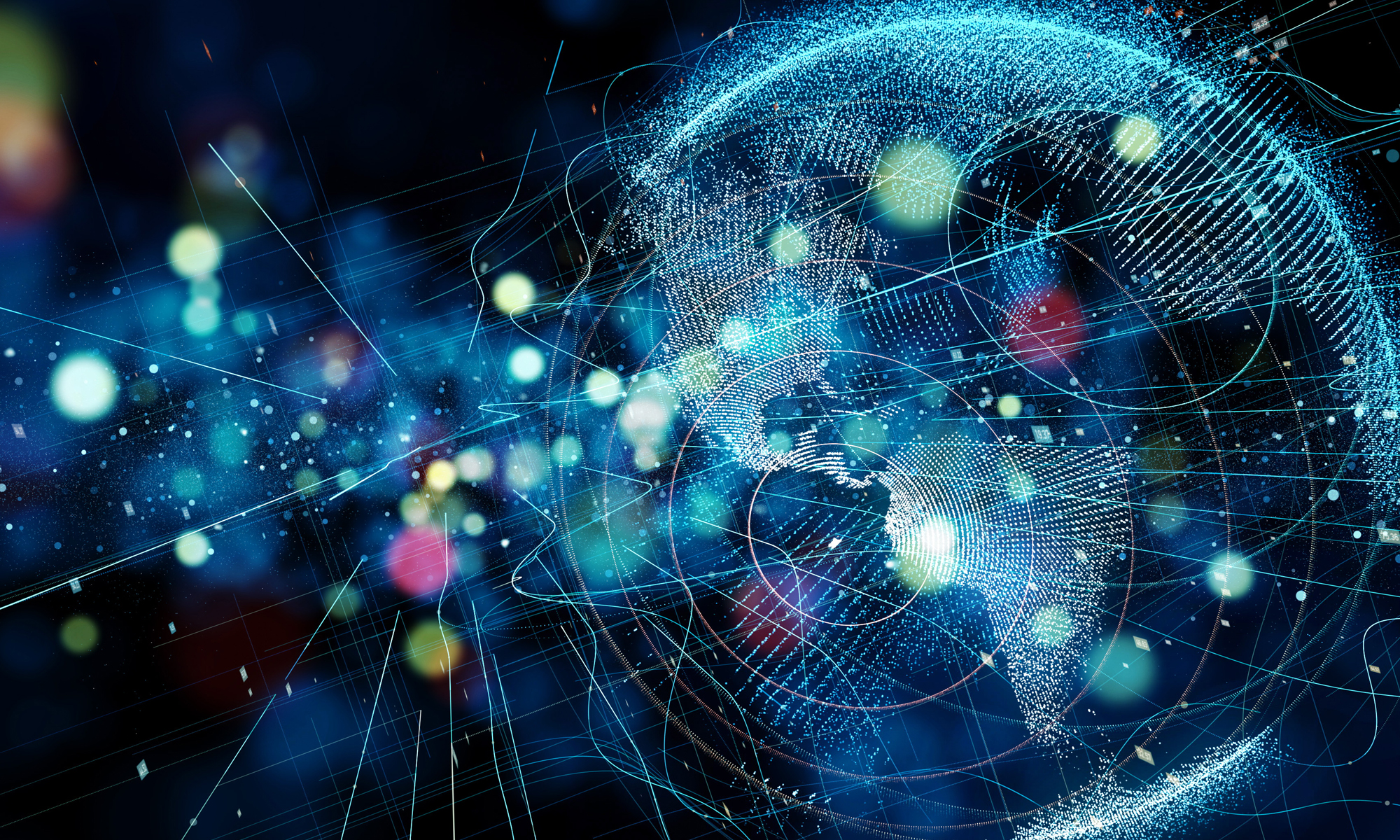At this point, you likely already know about the many tasks and functions that can be performed by artificial intelligence (AI). Indeed, you probably have learned quite a bit about that from prior editions of this blog. And now there is more, this time in the realm of art.
When it comes to works of art, authenticity is of vital importance. For example, before an art buyer decides to buy a painting supposedly created by Picasso, he or she will want to undertake best efforts to determine whether or not the painting truly is a Picasso or a fake. Plainly, a true Picasso has enormous monetary value, whereas a fake does not.
One way to seek to ascertain whether a painting like this is authentic is to analyze its provenance — its history of transactions and ownership. Another way is to have experts examine the painting; but at times, even an expert can get it wrong. So, other ways to determine authenticity include chemical analyses, carbon dating and x-ray imaging. Even with these methods, authenticity can be debated. Enter AI.
Researchers from Switzerland and the US now say that AI could end up providing the best means of authentication — even by analyzing a single paint stroke, according to Axios.com. If AI truly can deliver accurate authentication determinations, the art world will stand up and cheer.
Estimates range as high as over 50% when it comes to fake works of art. And when some pieces command exceptionally high purchase prices — like the recent $450 million payment for Leonardo Da Vinici’s painting Salator Mundi — strong authenticity determinations provided by AI supporting purchases for rare and real art pieces would be of tremendous benefit.
As explained by Axios.com, researchers broke down 297 line drawings mostly by Pablo Picasso, Henry Matisse, Amedeo Modigliani, and Egon Schiele into roughly 80,000 separate strokes. Next, they ran those strokes into two AI systems — machine learning and a deep recurrent neural network.
By doing this, the researchers were able to detect the precise artist 80% of the time. And importantly, they were able to detect fakes every time by distinguishing spontaneous strokes from inhibited forging strokes.
If this level of accuracy holds up, we can expect AI to be employed going-forward when it comes to the planned purchase of rare and famous works of art to determine whether such works are authentic or fakes.
Eric Sinrod (@EricSinrod on Twitter) is a partner in the San Francisco office of Duane Morris LLP, where he focuses on litigation matters of various types, including information technology and intellectual property disputes. You can read his professional biography here. To receive a weekly email link to Mr. Sinrod’s columns, please email him at ejsinrod@duanemorris.com with Subscribe in the Subject line. This column is prepared and published for informational purposes only and should not be construed as legal advice. The views expressed in this column are those of the author and do not necessarily reflect the views of the author’s law firm or its individual partners.
